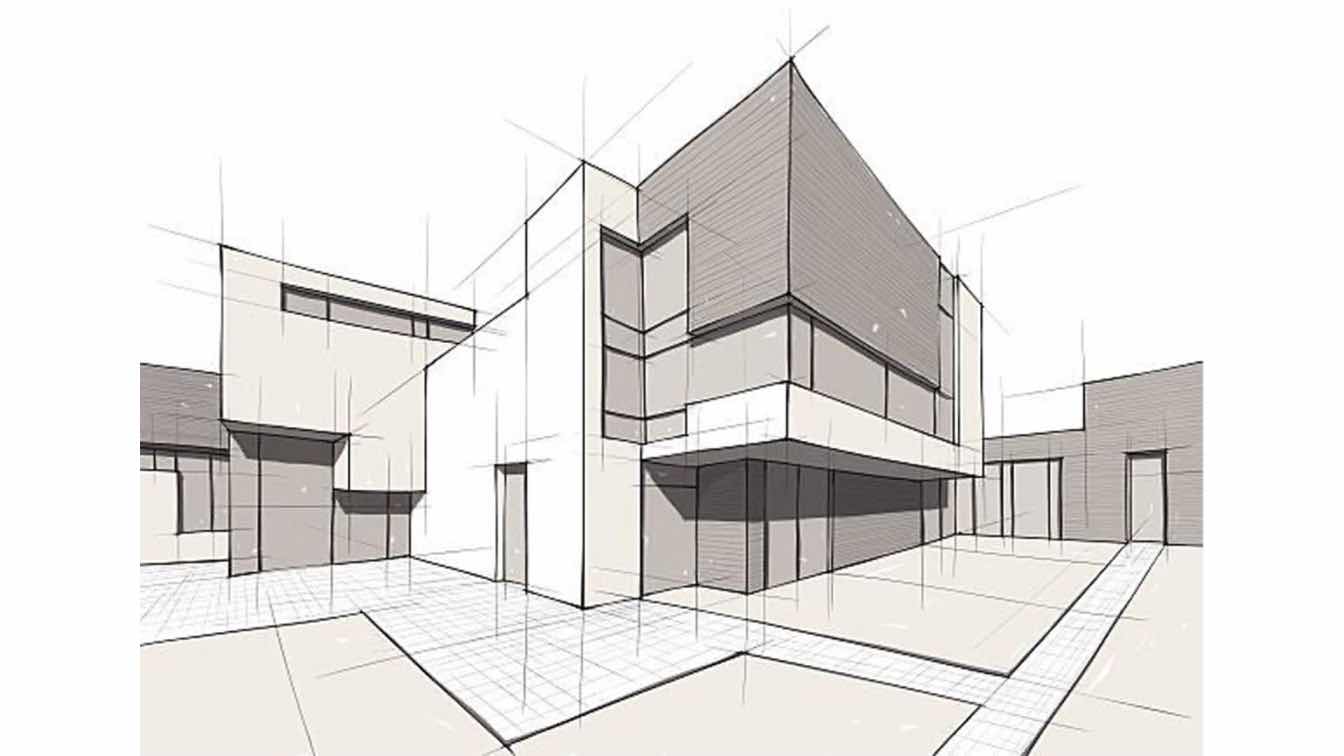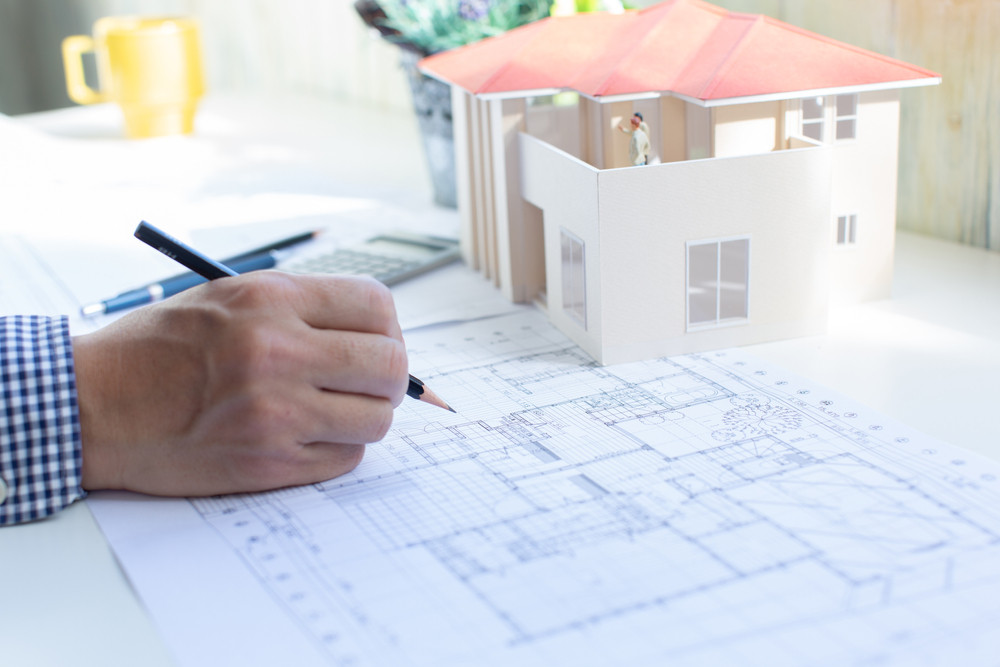Why CDA Architects Are Leaders in Architectural Style and Technology
The Impact of Technical Developments on the Layout Practices of Contemporary Architects
The rapid development of technical devices has actually significantly reshaped the design landscape for modern engineers, cultivating unprecedented levels of innovation and sustainability. Exploring these dynamics reveals a nuanced interplay between technology and standard style methods, motivating a more detailed assessment of what the future holds for building methods.
Development of Architectural Tools
How have architectural devices changed the layout and building and construction procedures over the centuries? The development of architectural devices has actually substantially affected the effectiveness, accuracy, and creativity of design and construction. In old times, engineers depend on primary tools such as plumb bobs, determining rods, and basic geometry to develop structures. These tools laid the structure for very early building method, permitting the construction of iconic frameworks, albeit with restrictions in precision and intricacy.
With the advent of the Renaissance, the intro of the compass and the protractor marked a crucial change. These tools made it possible for designers to achieve higher accuracy in their styles, facilitating the appearance of even more elaborate and proportional buildings (cda architects). The Industrial Change even more revolutionized architectural experiment the introduction of mechanized devices and materials, permitting for larger and a lot more enthusiastic jobs
In the 20th century, the growth of computer-aided design (CAD) software application changed the landscape as soon as again, providing designers with unmatched abilities in modeling and visualization. Today, progressed tools such as Building Details Modeling (BIM) and parametric design software application remain to push the limits of building innovation, allowing an extra incorporated method to style and building and construction processes.

Improved Partnership in Style
As modern technology continues to evolve, boosted partnership in design has actually ended up being a cornerstone of contemporary architectural technique. The integration of electronic tools such as Structure Info Modeling (BIM), cloud-based systems, and advanced visualization software program has changed the method engineers, engineers, and stakeholders connect throughout the style procedure. These tools promote real-time communication, permitting teams to share concepts, modifications, and comments instantly, no matter geographical area.
Furthermore, digital reality (VIRTUAL REALITY) and augmented truth (AR) have more enriched collaborative efforts by making it possible for immersive experiences that allow customers and group members to picture tasks in a more appealing fashion. This level of interaction not just boosts understanding however likewise cultivates a feeling of ownership among stakeholders, causing even more informed decision-making.
Furthermore, interdisciplinary cooperation has actually been streamlined through these technological improvements, making it possible for architects to work a lot more very closely with various other professionals, such as urban coordinators and ecological experts. The outcome is an extra cohesive approach to develop that thinks about different viewpoints and expertise. Ultimately, enhanced collaboration in design is not merely a trend; it is vital for producing ingenious, practical, and visually pleasing design in a progressively complicated world.
Sustainability With Innovation
Sustainability in architecture has increasingly become linked with technical advancement, driving the market toward environmentally responsible practices - cda architects. Contemporary engineers are leveraging innovative innovations to lessen environmental impact while enhancing the efficiency of structures. One popular example is using Structure Info Modeling (BIM), which permits precise preparation and source allotment, decreasing waste throughout building and construction and promoting power efficiency throughout a structure's lifecycle
In addition, wise products and energy-efficient systems are being integrated into designs to optimize resource usage. Technologies such as photovoltaic cells and environment-friendly roof covering systems harness eco-friendly energy sources, adding to decreased carbon impacts. Furthermore, the application of expert system in style procedures allows architects to imitate and evaluate power usage, guiding choices towards more lasting results.
The assimilation of sustainable modern technologies not only straightens with worldwide ecological goals yet likewise fulfills an enhancing need from consumers for green services. As engineers embrace these advancements, the emphasis shifts in the direction of creating areas that are not just aesthetically pleasing however additionally functionally sustainable, thus redefining the criteria of modern design. In this means, technology serves as a stimulant for sustainability, enabling designers to create structures that respect and enhance the natural surroundings.
Challenges in Application
While technical innovations in architecture hold wonderful assurance for boosting sustainability, their implementation typically runs into substantial challenges. One primary challenge is the steep discovering contour related to brand-new modern technologies. Architects and construction professionals may require comprehensive training to successfully use sophisticated software program and devices, which can postpone job timelines and boost expenses.
Furthermore, the combination of click emerging innovations, such as Building Information Modeling (BIM) and sustainable materials, often necessitates cooperation throughout multidisciplinary groups. This partnership can be impeded by differences in competence, process, and communication styles, bring about possible disputes and ineffectiveness.
Financial constraints further make complex the fostering of ingenious technologies. Many building firms, particularly smaller sized ones, might lack the resources to buy innovative tools, restricting their capability to take on bigger companies that can afford such financial investments.
Additionally, regulative frameworks and building ordinance may not equal technological innovations, producing ambiguity and possible compliance problems. This difficulty can prevent architects from totally accepting brand-new innovations, as the risk of non-compliance might outweigh the advantages. For that reason, addressing these application challenges is vital for the successful assimilation of technological innovations in contemporary building practices.
Future Trends in Design
The obstacles connected with the application of brand-new technologies in design have actually motivated a reevaluation of future trends within the market. As engineers navigate problems such as sustainability, urbanization, and social equity, look at here now they are significantly taking on innovative innovations to boost layout efficiency and environmental efficiency.
One noticeable trend is click reference the integration of man-made knowledge (AI) in the layout procedure. AI tools can evaluate huge datasets to notify layout choices, boosting both creativity and functionality. Likewise, Building Info Modeling (BIM) remains to progress, making it possible for real-time cooperation amongst stakeholders and facilitating streamlined project management.
Sustainable style techniques are additionally obtaining energy, with designers concentrating on adaptive reuse and regenerative style principles that minimize resource intake and waste. The unification of clever products and sustainable energy sources will certainly better boost the durability of buildings in the face of environment adjustment.
In addition, the increase of parametric design permits for even more individualized and context-sensitive architectural solutions. By using these improvements, designers are poised to develop developed environments that not just attend to the immediate requirements of society but likewise anticipate future obstacles, consequently redefining the function of style in an ever-changing globe.
Conclusion
